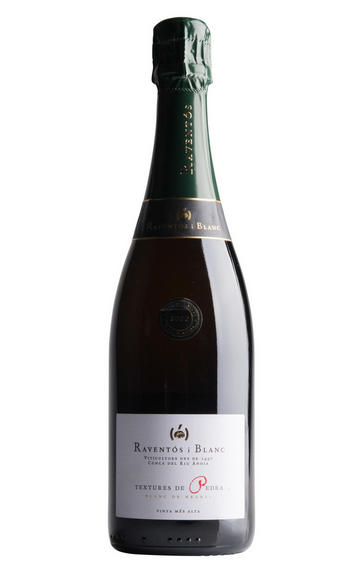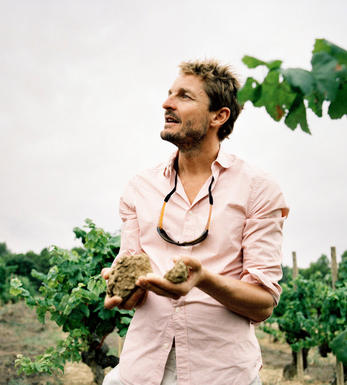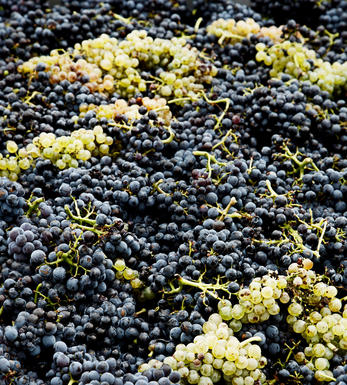
2012 Raventós i Blanc, Textures de Pedra, Blanc de Negres, Brut Nature, Penedès, Spain

Critics reviews
Luis Gutirrez - 28/10/2016
About this WINE

Raventos i Blanc
The Raventos family have a viticultural tradition dating back to 1497, making them one of the oldest continuous vineyard owners in the world. Josep Maria Raventos i Fatjo is credited with producing the first Cava in 1872, creating a legacy that the following generations take very seriously. In 1986 Josep Maria Raventos i Blanc decided to sell his share of Cordoniu, then under the ownership of the family, keeping the best vineyards for the newly created Raventos i Blanc estate (46 plots each of them with a completely distinct identity). The focus since has been on quality and regionality, in particular expressing the special properties of the terroirs around Saint Saturni d’Anoia.
The sparkling wines are made using only the indigenous varieties Xarel-lo, Parellada, Macabeo and Monastrell and show real depth, expression and longevity. Current proprietor, Pepe Raventos, places high importance on the health of the vineyard environment creating a biosynergy where the animals, the vines, the soil and the people work together as an agricultural unit. The estate reached its certified organic status in 2012.
As of 2013, Raventos i Blanc are no longer part of the Cava DO and have started the process of creating a new, terroir driven appellation, Conca del Riu Anoia (the proposed delimited area covers the are between the Mediterranean Sea and the Catalan mountains spanning between the river Anoia and river Foix.)
The decision to leave the DO stemmed out of the desire to set a standard in high quality wine production where rules such as the use of only indigenous grapes, ecological viticulture (100% Biodynamic), estate produced and estate bottled fruit and minimum ageing requirements apply (18 months). In the words of Pepe Raventós the aim behind this new proposed appellation is " to recover the name Conca del Riu Anoia: a small geographical area, to help us to better understand and convey our viticultural traditions, the strength of our land, our unique grape varieties and the characteristics of our soils"

Other Varieties
There are over 200 different grape varieties used in modern wine making (from a total of over 1000). Most lesser known blends and varieties are traditional to specific parts of the world.


Buying options
Add to wishlist
Description
The new kid on the block, first produced as a limited cuvée in 2011, is this unusual blend of traditional grapes, with other rarer Mediterranean varieties, 30% Xarello, 20% Xarello Vermell (a clone of Xarello which has a pinkish skin), 20% Sumoll (a red grape), 20% Bastard Negre (apparently Graciano, which I've never heard before), also a red grape, and 10% Parellada; it is a wine with low alcohol and high acidity that provided sharpness. The Xarello and Bastard Negre are planted at the highest altitude in the property on stony soils and produce very low yields, and the Summoll and Parellada were co-planted some 50 years ago, sourced from a local producer from the west of the river banks of the Arnoia River. The wine matured in contact with the lees for some 42 months and no sugar was added to it, so it's a Brut Nature. It's a darker shade of yellow, like a blanc de noirs, and it felt very serious, with a slightly closed nose. It develops more oxidative and lees notes, with smoky aromas and a core of ripe yellow fruit, exuberant and with a nice mouthfeel, very dry and tasty. This is closer to something from Selosse than Larmandier. This is a great addition to the portfolio, a nice complement. 2012 was a very short vintage and they produced 8,132 bottles.
Luis Gutiérrez, The Wine Advocate. 28th October 2016.
wine at a glance
Delivery and quality guarantee